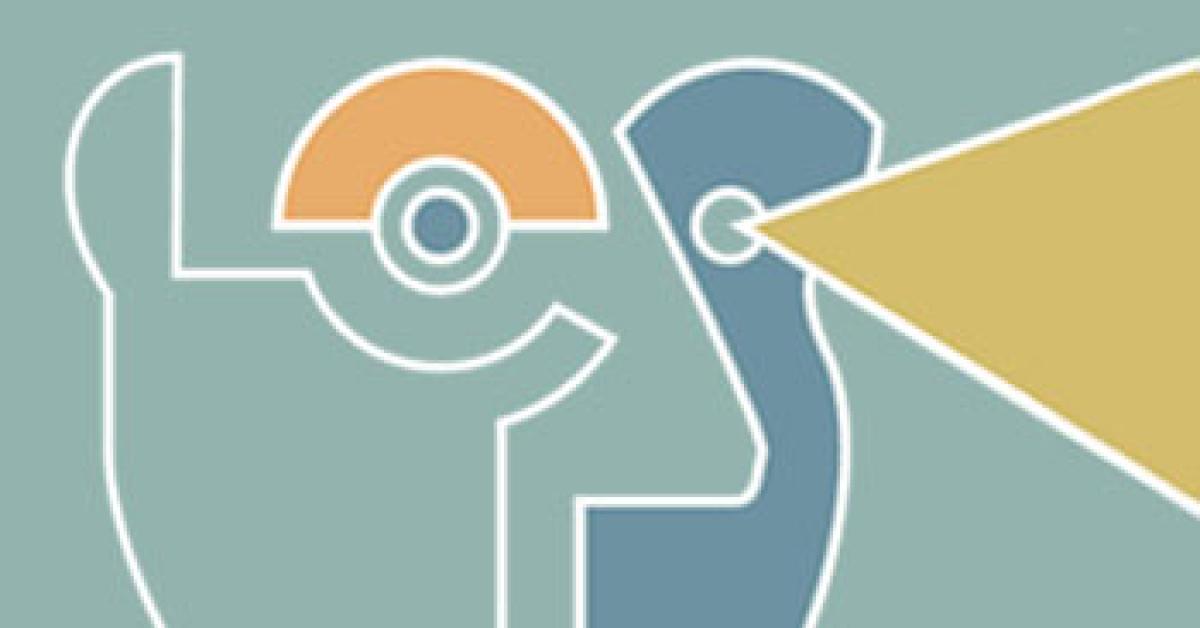PEMBROKE, Mass. — Doing taxes professionally for more than 20 years, I’ve come across several misconceptions that need to be shared with you. It always surprises me how erroneous notions exist, even among those with large incomes who pay the most taxes, percentage-wise. Of all people, you would think successful businesspeople would understand their own taxes.
When I ran my business, my accountant would give me the figures and I would write the checks. One year, my accountant gave me vouchers for $23,000 and I never even questioned his calculations. Was that the correct sum, or was it was $21,000? Could I have saved $2,000? What we’re concerned about here is the merchant’s reasoning when dealing with income taxes. Often, perceptions do not match reality. Here are three more common misconceptions:
MISCONCEPTION 3: FILING FOR A HOME OFFICE SENDS UP A RED FLAG
Many dry cleaners are afraid to set up a home office because they don’t want to confuse their home with their business. Nothing could be further from the truth. A home office deduction is an expense that is composed of a proportionate portion of house costs: mortgage, property taxes, utilities, repairs, improvements and depreciation. The only requirement is that the space is used exclusively and regularly for doing administrative chores.
If you work at home, then you should set aside space for, say, a desk and file cabinet, to reserve the space for your business work. That’s a legitimate home office. Even if you have an office at your place of work, you can still have an office at home, and in turn, receive a home office deduction.
In the old days (30 years ago), a home office deduction was a red flag. No more. These days, with more and more individuals working at home at least some of the time, a home office is a fully accepted deduction.
MISCONCEPTION 4: THE IRS DOESN’T AUDIT SMALL COMPANIES BECAUSE IT ISN’T WORTH ITS WHILE
The Internal Revenue Service audits all kinds of situations, from solo practitioners to large corporations. Their reasons for auditing are varied: the firm’s results are vastly different from past years; the company is out of line with companies in the same industry; there seems a gross disparity between lifestyle living and business performance; there’s a big push on that industry; or, simply because the IRS undertakes a number of random audits.
The IRS also targets ‘company types’ to focus on. For example, they might choose companies with 6-15 employees. So one is never safe from the IRS. Audits go on all the time.
One dry cleaner who was audited by the IRS and found to be hiding a great deal of profit was then assessed $135,000 in penalty and interest. He hired a lawyer to fight the assessment, but lost the court case.
By this time, he was in debt $200,000. He then proceeded to lose his business, his wife and his house in that order. The point is, he was sailing on top of the world for 20 years, and by the time the IRS got through with him, he was a broken man. Don’t let this happen to you. If you are making money, pay your share of taxes.
MISCONCEPTION 5: THE RICH AVOID PAYING TAXES, SO WHY SHOULDN’T I?
Before 1986, this was true. There was a provision in the tax code that said passive loss could reduce income to zero. Many wealthy people invested in schemes where they were passive investors. For example, real estate was one way to achieve great passive losses. The person invests in real estate that puts out huge paper losses during the first several years. Result: the business owner’s $200,000 income was offset by $200,000 in losses, resulting in zero tax liability.
But President Ronald Reagan created the Income Tax Reform Act of 1986, in which he limited passive losses to $25,000. In one fell swoop, the greatest personal income tax loophole was eliminated. Today, there is only one loophole left and it’s for the principal of a venture capital concern who pays federal taxes at 15% maximum.
For the rich taxpayer, there are automatic reductions in credits as income rises. In addition, Alternative Minimum Tax (AMT), an autonomous tax system, is superimposed above the conventional system to make sure the taxpayer pays at the 26% tax rate for a part of his income. As a result, most rich people, with incomes at $300,000, pay 30% federal, state and Social Security taxes. Wealthy families making $500,000 pay 35% taxes. To compare, a family in the $100,000 income range averages 18% to 20%.
One might argue that the wealthy can afford to pay more than 35%, or that 20% is a far more onerous burden on the $100,000 income earner. That’s a subject for debate. But one can no longer say that the rich don’t pay a lot of taxes. For the $300,000 income-earner, his $90,000, or 30%, is onerous to him. Furthermore, he feels he’s worked hard for his money and is a useful economic resource.
Have a good tax season.
To read Part One, go HERE.
Have a question or comment? E-mail our editor Dave Davis at [email protected].

